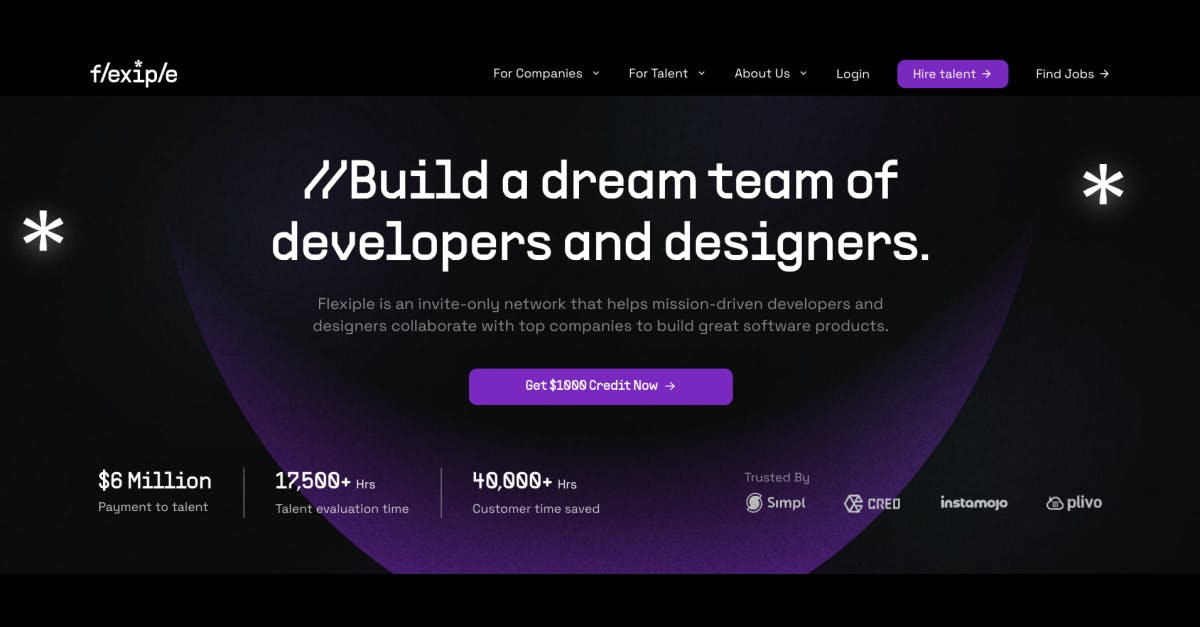

- #Aws postgresql serverless how to
- #Aws postgresql serverless code
- #Aws postgresql serverless password
- #Aws postgresql serverless free
When it’s ready you can see the endpoint which we will use to connect to the database from Strapi. You will need to wait about 5 minutes for the instance to be ready. Scroll down and click the button to create the database. The rest of the options can just the the default ones. Choose an initial database name such as “strapi4”.
#Aws postgresql serverless free
Monitoring can be useful if you plan to use this database in production, but it will add some cost if you go above the free tier of CloudWatch logs. Select to create a new VPC.Ĭheck the “Allow public access” option and select create to create a new VPC security group. You can of course modify the configuration to fit your needs, but this guide will choose the cheapest options.
#Aws postgresql serverless password
Copy and paste the password somewhere as you will not see the password again.Ĭhoose the default db.t3.micro instance. Generate a password 32 characters long with only letters and numbers as some special characters are not supported. It’s not a good idea to use the default username, as this makes the database more vulnerable to bots who automatically guess credentials. Choose a cluster name, username and password. It’s probably a good idea to select the latest PostgreSQL version. Click the button to create a new database. Search for RDS in the search bar and select RDS. Go to the AWS web console and remember to switch to the region you want to deploy to.

But it’s quite cumbersome to define an Aurora database cluster in CloudFormation because of the sheer size and readability of the yaml file, the creation of a master password which is of risk of being leaked, and the risk of accidental deletion of the database when automatically updating the CloudFormation stack. We could use CloudFormation and so called “infastructure as code”. We will create the database in the AWS web console using so called “click ops”. You can choose to use serverless AWS Aurora with PostgreSQL compatibility, but this offering does not have a free tier and will cost about 0.70$ per day for the cheapest option. Having the database in the AWS system is also practical, as we don’t need to subscribe to more services. This is a good choice as it’s free for 12 months and has good enough performance for using Strapi as a CMS. This guide will set up a free tier PostgreSQL database in AWS. See the Strapi docs for more information. If you already have a database you want to use with Strapi, you can skip this step and just configure config/database.js to connect to it. It should now be deployed and available on the url showed in the terminal. Yarn serverless deploy -aws-profile strapi-serverless-admin We will use PostgreSQL from AWS RDS in this guide, as they offer a free tier for 12 months. I this this is kinda bad, because it’s so easy to get free managed MongoDB hosting with Mongo Atlas.

Unfortunately, Strapi 4 does not support using MongoDB. Ideally, serverless applications should be scalable and priced in a pay-for-what-you-use basis. It means that the developer or organization can minimize the concern about managing servers. However, using Lambda to host Strapi is a great way to create a scalable deployment where you pay as you go, can enjoy Amazon’s generous free tier, and don’t need to worry about server updates.Īs I said in the previous article, “serverless” does not mean there are no servers. Hosting Strapi on Lambda comes with some restrictions, as some features and plugins will not work. Now that a new non-backward-compatible Strapi version is released, it’s time to make a new guide for Strapi 4.
#Aws postgresql serverless how to
I earlier wrote a guide on how to use Strapi 3 on AWS Lambda.
#Aws postgresql serverless code
The code for this guide is in this Github repo.


 0 kommentar(er)
0 kommentar(er)
